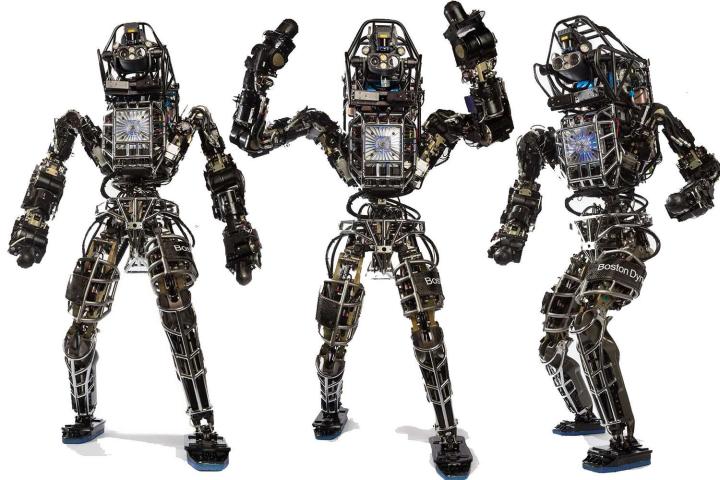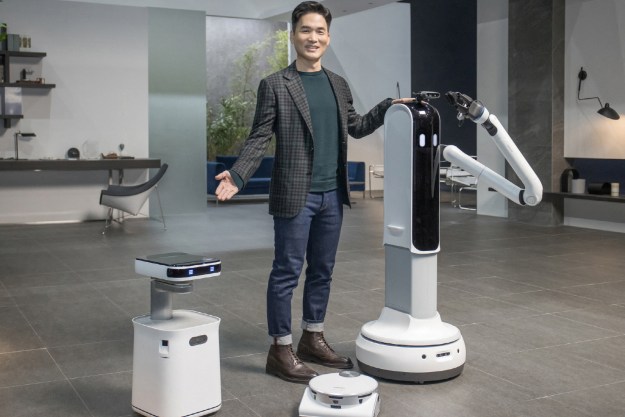
“From previous work, we knew a robot had the computational know-how to achieve a softer landing, but it didn’t have the hardware to move quickly enough like a cat,” Liu told CNET. “Our new planning algorithm takes into account the hardware constraints and the capabilities of the robot, and suggests a sequence of contacts so the robot gradually can slow itself down.” So while it may not land on its feet, at least a robot won’t destroy itself on its way down.
Sehoon Ha, a graduate student who has worked alongside Liu in developing this new research, believes that “robots can learn how to fall safely.” Speaking with Gizmag, Ha noted, “Our work unified existing research about how to teach robots to fall by giving them a tool to automatically determine the total number of contacts (how many hands shoved it, for example), the order of contacts, and the position and timing of those contacts. All of that impacts the potential of a fall and changes the robot’s response.” Cats, of course, don’t need programmers to tell them how to do this. They, instead, had Mother Nature’s help.
“A fall can potentially cause detrimental damage to the robot and enormous cost to repair,” Ha continued. So at the very least, borrowing from cats will save scientists some time and money, and hopefully, extend the robot’s lifespan.
So thanks, cats of the world. You’ve no idea how much you’ve helped science.
Editors' Recommendations
- Tesla’s Optimus humanoid robot can now dance like Elon Musk
- Finishing touch: How scientists are giving robots humanlike tactile senses
- Watch Ford’s robot test drivers take a car for an on-the-spot spin
- They strapped a paintball gun onto a Spot robot. Now the internet has the reins
- Smart dummies: How robotic tackling tech is transforming football practice


